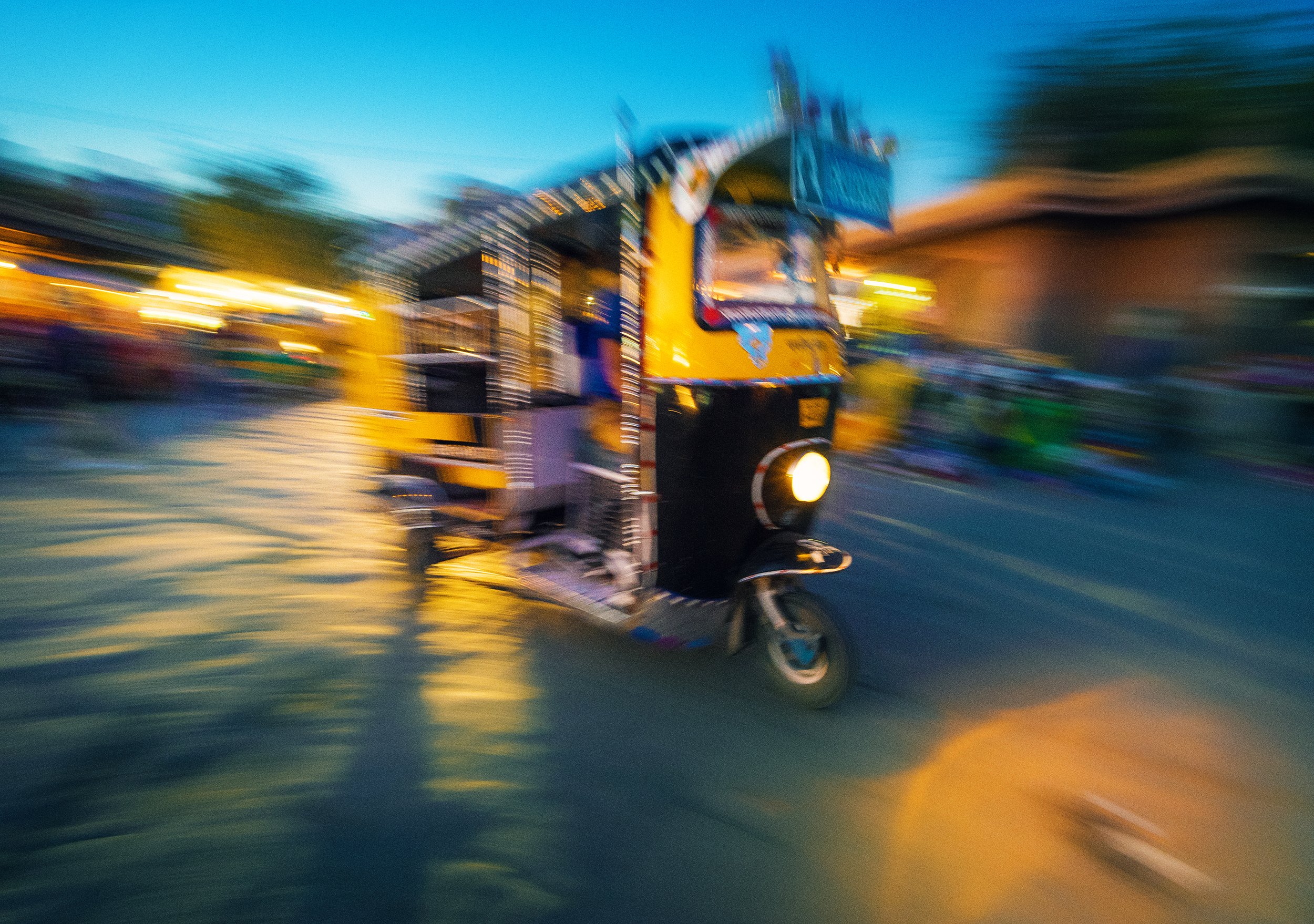
Two- and Three-Wheelers
Changing global narratives and perceptions of two- and three- wheelers
There are at least half a billion motorized two- and three-wheelers (2&3W) in the world today. A growing portion of this global fleet has gone electric and are estimated to already be displacing nearly a million barrels of oil a day.
Vehicles such as tuk-tuks, motorcycles, and scooters are vital to transportation in many cities and towns across the Global South. They offer affordable, accessible, and efficient transport options for millions, especially lower-income households. These vehicles:
Provide crucial transportation in areas with limited public transport
Help people reach essential services like healthcare, education, and markets
Offer employment opportunities and support families
Facilitate deliveries and logistics, boosting local economies
Are currently cutting greenhouse gas emissions, improving air quality and reducing local air pollution through electrification
However, media coverage often focuses on negative aspects of these transportation modes. A recent media scan, developed by students at Blavatnik School of Government at the University of Oxford in partnership with GNPT, showed that 42% of stories about two and three wheelers in the media highlight crime, safety issues, and regulatory challenges, while only 38% are positive, and 20% are neutral. These narratives affect popular perceptions and perpetuate the understanding that these modes of transport are unsafe and unsustainable, ignoring their vital contributions to mobility, local economies and even sustainability
This GNPT project aims to challenge these narratives and provide resources and learning opportunities to support a more holistic understanding and perception of two-and three-wheelers, hoping to influence policies, regulatory approaches, and investments in two and three-wheeler fleets and services. The different components of this project include:
Developing a series of EXPLAINERS, brief documents to educate, inform, and equip media practitioners about the current and future role of two- and three-wheelers (2W3W) in urban and rural transportation, especially in the Global South. (You can download the explainers here.)
Hosting a Study Tour for Journalists on the role of popular transport in two and three Wheelers in Global South Cities.
